What Is Diffuse Intrinsic Pontine Glioma (DIPG)?

What is DIPG?
DIPG stands for diffuse intrinsic pontine glioma. It is a type of high-grade glioma, a brain tumor that comes from cells called glia that surround, protect, and otherwise support the nerve cells in the brain.
DIPG is always found in the brainstem. This part of the brain controls many basic functions like breathing and swallowing, as well as muscles that help with speech and eye movements.
It is most common in elementary school-aged children, but it can affect children of any age.
Learn more about childhood cancer >
About 250 kids in the U.S. are diagnosed with DIPG each year.
What I Learned From My Daughter’s DIPG Diagnosis
When Kristine’s daughter McKenna was diagnosed with a rare pediatric brain tumor that no child has ever survived, she learned there was no known cure because of a lack of funding for research. You can help — get involved.

McKenna was diagnosed with DIPG, a deadly brain tumor, when she was 7.
Childhood cancer was never even a consideration in our minds before that scan, but less than 24 hours and one MRI later, we found ourselves surrounded by doctors at the nurses’ station in the PICU waiting to hear the diagnosis.
It was in the midst of that chaos that we were told our daughter had diffuse intrinsic pontine glioma, or DIPG, an extremely rare pediatric brain tumor that typically strikes between the ages of 5 and 7, infiltrates the brain stem, and has a 0% survival rate.
St. Baldrick’s Fellow Studies Promising Treatment for High-Grade Gliomas
When St. Baldrick’s Fellow Dr. Adam Green learned about high-grade gliomas and met kids diagnosed with the brain tumors, he knew he had to help. And today he’s doing just that. Read on for more about Dr. Green, his exciting research, and how St. Baldrick’s helped him make it happen.
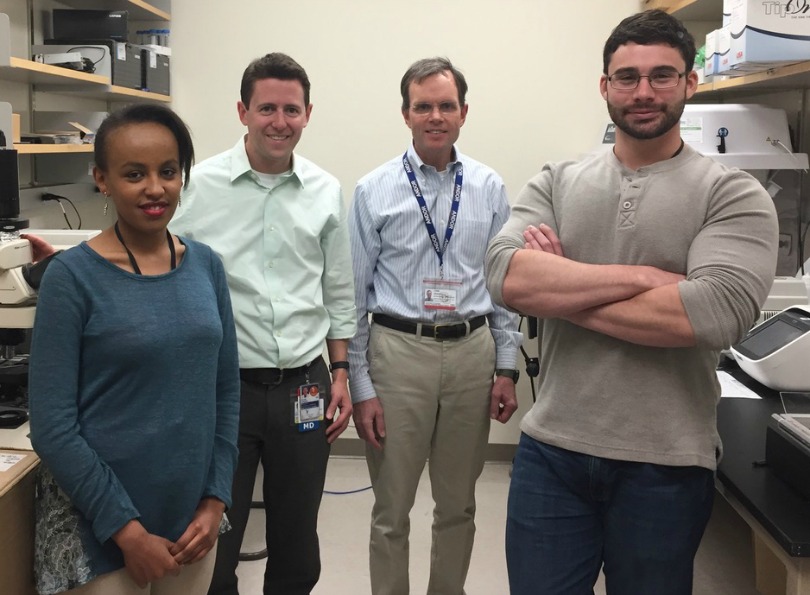
Dr. Adam Green in his lab at the University of Colorado with his lab members, from left to right: Rakeb Lemma, Dr. Green, John DeSisto and Patrick Flannery. Dr. Green’s research is funded in part by the Luke’s Army Pediatric Cancer Research Fund, a St. Baldrick’s Hero Fund created in memory of Luke Ungerer, a little boy who died of brain cancer.
Dr. Adam Green distinctly remembers the first time he gave a family the news that their child had an aggressive, fatal brain tumor. It was an experience that’s hard to forget.
Making a Wish Come True: Father Honors Daughter With a Decade of Fundraising
Honored Kid Kylee was a little girl who made a BIG impact. Read on to learn how this 7-year-old with brain cancer inspired her dad to rally hundreds of people to shave their heads and fundraise for children’s cancer research over the past 10 years — and counting!
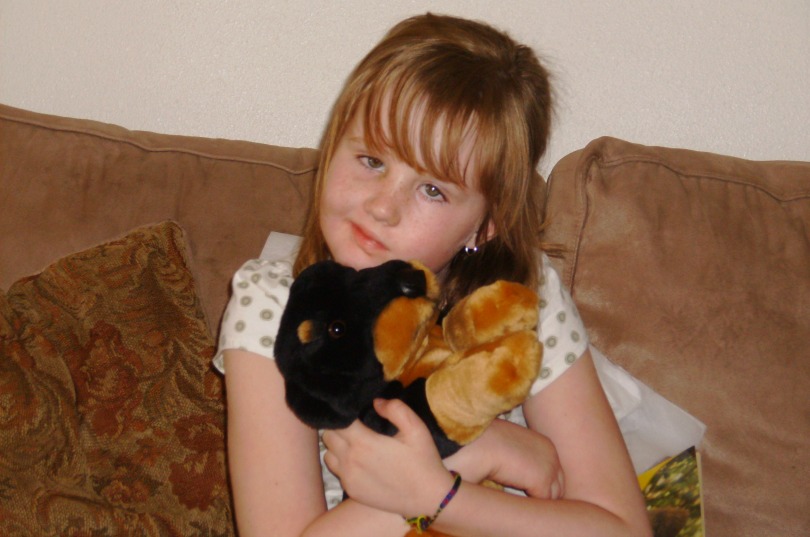
Kylee LeSourd squeezes a stuffed animal tight. She was a big fan of her stuffies and she loved animals.
It started with a little girl’s wish, riding on a penny she tossed into a fountain.
It’s been said that wishes don’t come true if you tell someone, but it was just too big of a wish to keep to herself. So she told her dad that night, “My wish is that no other kid gets cancer.”
When she was 7 years old, Kylee LeSourd was diagnosed with a brainstem glioma, which is a type of tumor that starts in a delicate part of the brain which controls everything from breathing to swallowing. That year, she watched her dad and her twin brother, Kasey shave their heads at a St. Baldrick’s event. She vowed that she would shave with them the next year.
St. Baldrick’s and the National Brain Tumor Society Join Forces to Defeat Pediatric Brain Cancer
Brain cancer is now the leading cancer killer in kids, and St. Baldrick’s has just partnered with the National Brain Tumor Society to do something about it. Read on for more about what this partnership is going to do about brain cancer and how it could revolutionize childhood cancer research forever.
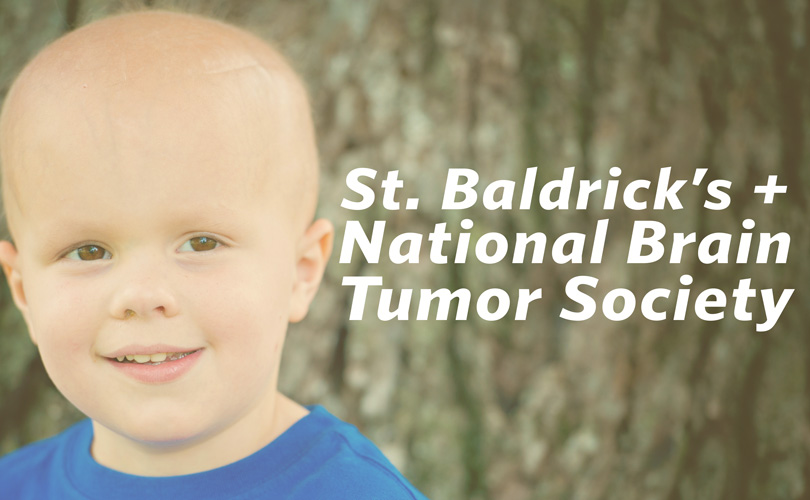
Many kids with leukemia are now getting better and surviving their cancer, thanks to great strides in childhood cancer research over the years. But unfortunately, a lot of kids with brain tumors are not seeing the same results.
In fact, brain cancer just outpaced leukemia to become the number one cancer killer in children, according to a new report from the Centers for Disease Control and Prevention.
Holding on to Hope: Our Family’s DIPG Story
At 12 years old, Hope dreamed big. She wanted to be the next Asian Taylor Swift, a doctor, a nurse, or maybe even a minster. She had a lifetime of plans to make a dreams to chase until she was diagnosed with DIPG, a pediatric brain tumor with no known cure. Her mom tells her story.
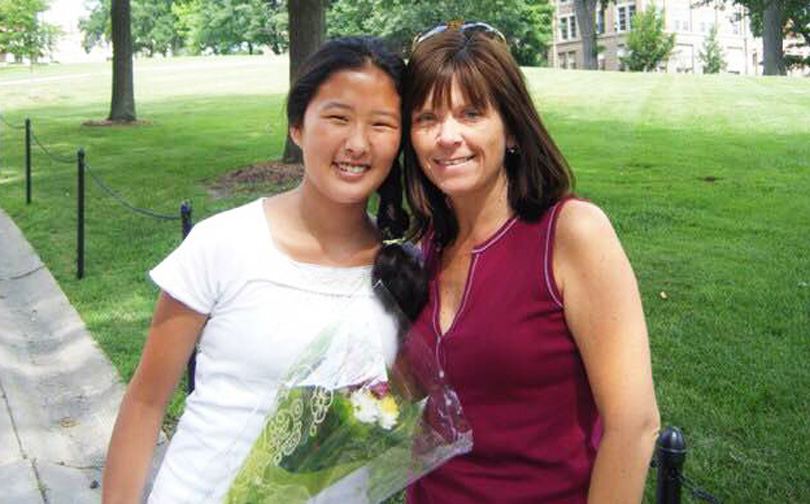
There is a song that Garth Brooks sings that includes the lyrics, “Some of God’s greatest gifts are unanswered prayers.” That is exactly what Hope was to our family.
Decrypting DIPG: Gaining Insight Into an Incurable Brain Cancer
St. Baldrick’s Scholar Dr. Oren Becher is working to decrypt one of the most deadly and least understood childhood cancers — DIPG, or diffuse intrinsic pontine glioma. Thanks to diligent and brilliant work in the labs of research greats and a boost from St. Baldrick’s, Dr. Becher now has his own lab and his own team team dedicated to DIPG research. Together they’re determined to make a difference for kids with this currently incurable brain cancer.
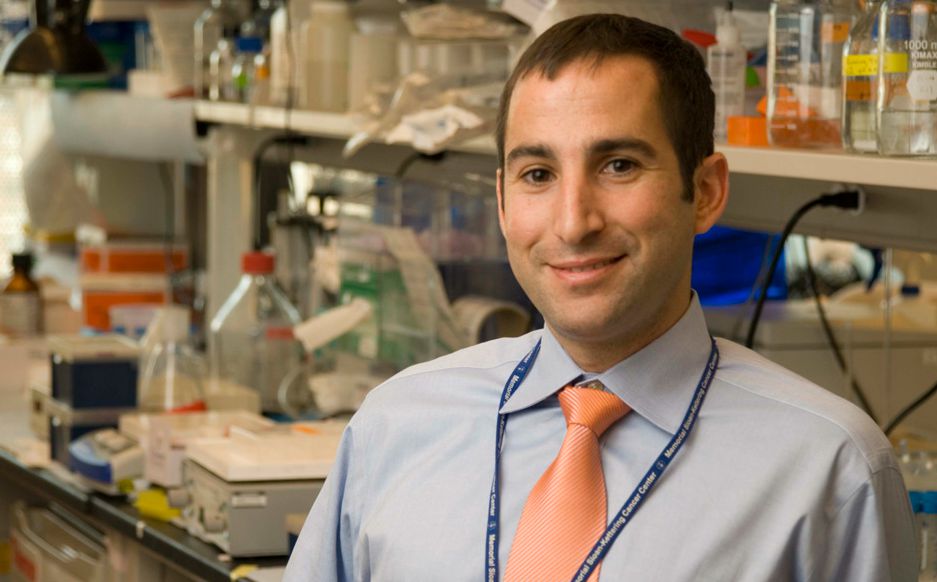
Dr. Oren Becher recently moved to his own lab, where he studies DIPG in an effort to find a treatment for the deadly brain cancer.
Forever an Inspiration: Emily’s Story
Emily was diagnosed with a brain tumor when she was 5 years old. An avid cheerleader and dancer with a vibrant spirit, she rallied everyone around her throughout her childhood cancer journey. Help kids like Emily. Get involved.
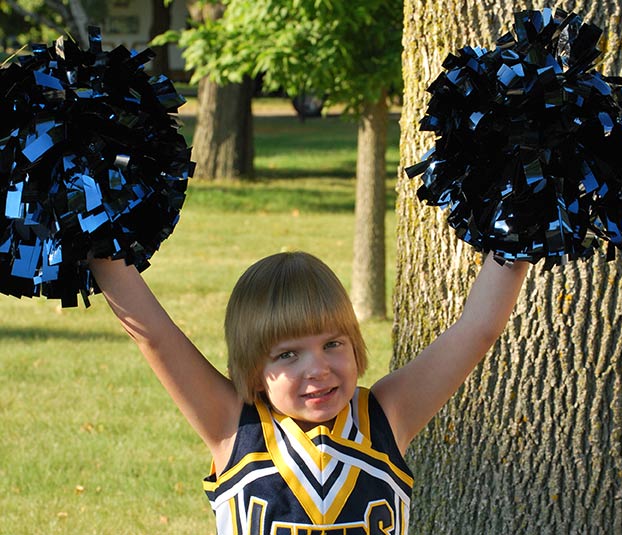
Emily was a cheerful girl who loved cheerleading and dancing, even during treatment for a glioblastoma tumor.
‘Together We Are Better’: St. Baldrick’s and McKenna Claire Foundation Fund Pediatric Brain Tumor Research
The McKenna Claire Foundation is supporting a St. Baldrick’s research grant to help kids with brain tumors. Kristine, whose daughter McKenna died of a brain tumor, explains why. See all the 2014 Summer Grants.
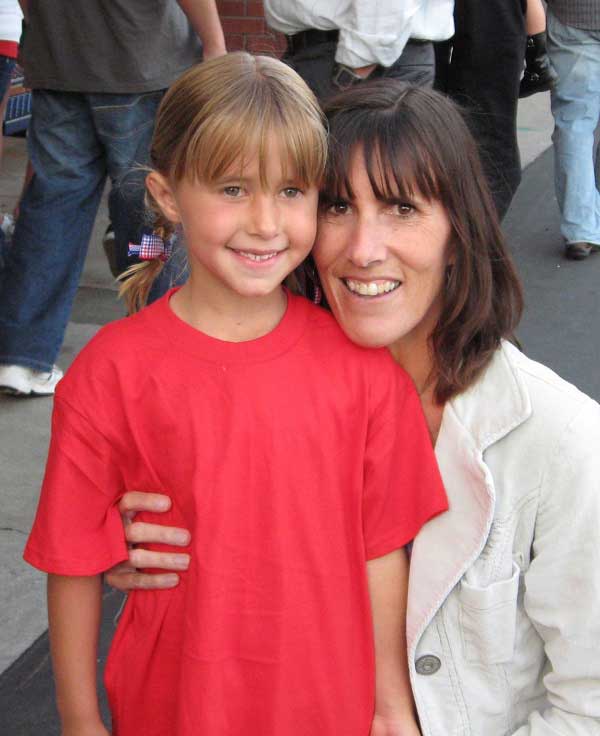
Kristine with her daughter McKenna. McKenna was diagnosed with a brain tumor in January 2011 and died six months later.
Upon diagnosis, we were told that there was no hope for her survival and that the average life expectancy was 9-18 months. Because it is so rare, there had been little research done on this disease in the past 50 years, with virtually no change in treatment protocols or life expectancy.
For that reason, when we lost McKenna just six short months after diagnosis, we decided to do two things.
The first was to donate her tumor to Monje Lab at Stanford University, where a cell line was developed for use by researchers around the world. The second was to start a foundation in her name with the specific purpose of supporting progress in the field of pediatric brain cancer research.
Curing Childhood Cancer in the 21st Century: It’s Time for a Kid-centric Approach
Kids are not simply small adults. They need targeted research for targeted cures. You can help — speak up for kids with cancer today.
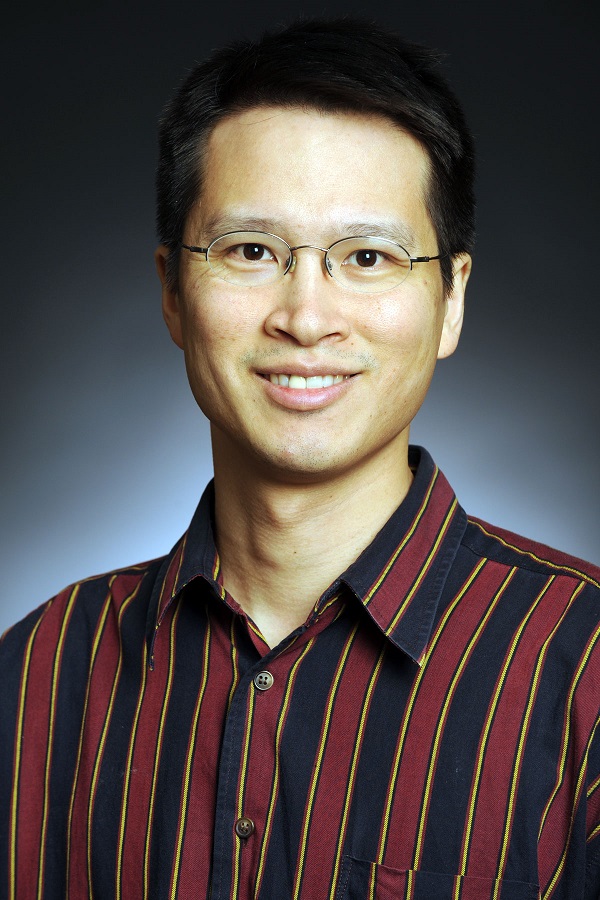
Lionel Chow, M.D., Ph.D., is a St. Baldrick’s Scholar studying high-grade gliomas, a particularly aggressive and deadly class of brain tumors in children.
Over the past four decades, we have seen dramatic gains in long-term survival and cure rates in nearly all forms of childhood cancer. Thanks to the collaborative spirit of pediatric oncologists across the world and the invaluable participation of pediatric patients in clinical trials, the five-year survival rate for all childhood cancers combined currently sits at about 80%.
Despite these advances, cancer remains the leading cause of non-accidental death in children and adolescents in the United States. Even more disconcerting is the fact that all childhood cancers receive less than 4% of the total amount of research funding from the National Cancer Institute.
While the FDA has approved 88 new drugs to treat adult cancers since January 2000, only three have been approved for use in the pediatric age group. This rather thin record of drug development for pediatric cancers underscores that the driving force for drug discovery in the pharmaceutical industry is the larger market potential of common adult cancers.
But more importantly, these numbers hint at the fundamental differences that exist between childhood and adult cancers.
Older Posts »

 SBF
Tweets »
SBF
Tweets »